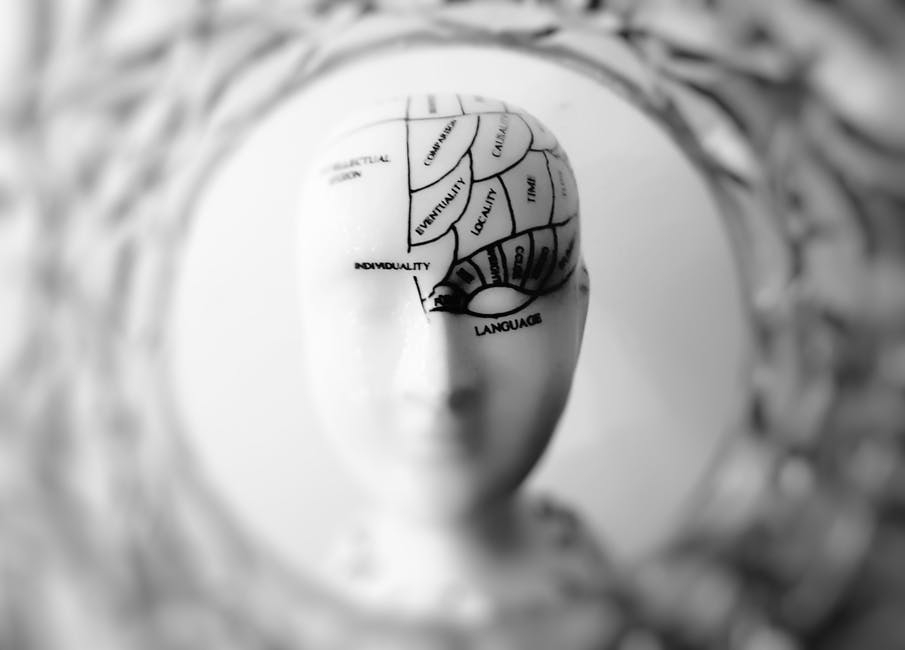
The CDC estimates that nearly 2.9 million Americans see a healthcare provider about a traumatic brain injury every year.
Yet most people don’t know the difference between a total, right side, or left side TBI.
Understanding that your symptoms are in fact the symptoms of a left side brain injury can be the difference between full recovery and life-long problems. That’s why we’ve created this handy guide.
Keep reading to learn how to recognize left side brain injuries and what to do if you think you have one.
What is a Traumatic Brain Injury?
A traumatic brain injury (TBI) is a wound to the brain caused by an infection, rip, or tear in the meninges. The meninges are the protective layers of the brain consisting of the dura mater, the arachnoid layer, and the pia mater.
A TBI can be either an open head or closed head. A closed head injury requires no puncturing, instead of the brain slams against the skull on one side before bouncing back against the opposite side. You may have heard of a concussion, which is a closed head TBI.
On the other hand, open head injuries occur when the skull is cracked or penetrated that often occurs after a severe car accident. TBIs are also common after car accidents. For more information, check out this article about brain injuries.
A TBI can be either mild or severe. Mild injuries result in headaches, mood fluctuations, and periods of insomnia. Severe injuries, though, can cause you to experience amnesia or present abnormal emotional effect.
Injuries to the brain also differ in the parts of the brain they affect. A TBI can cause injury to the whole brain or part of it. Often, a brain injury can be differentiated as a right or left side brain injury based on its symptoms.
Symptoms of Left Side Brain Injuries
The symptoms of a left side TBI are determined by the specific parts of the brain that are damaged.
In general, the left side of your brain controls the right side of your body. But it’s also responsible for a range of abilities, including:
Writing, speaking and listening
Grammar
The number and computational skills
Analysis, reasoning, and logic
Sequential thinking and awareness of time
You’ll know you’re experiencing a left side TBI if you experience difficulty understanding and expressing written and spoken the language. A left side TBI can also cause changes in speech, issues recalling verbal interactions, impaired logic, and difficulty dealing with money.
More severe left side TBIs may also feature aphasia, agnosia, apraxia, and muscle movement slowing. Psychologically, you may experience depression, anxiety, and withdrawn behaviors. Some patients also report feeling easily overwhelmed by their emotions.
Next Steps: What to Do If You Have a Left Side TBI
Treatment for left side brain injuries depends on the extent of the injury as well as the severity of your symptoms. You may need medical attention, which can range from neurosurgery to long-term hospital care.
If you think you’re experiencing the symptoms of a left side TBI, you should seek medical care as soon as possible.
Searching for more answers to all your health questions? Miosuperhealth has everything you’re looking for. Check out our mental health blog for more news and knowledge about your personal wellness.
